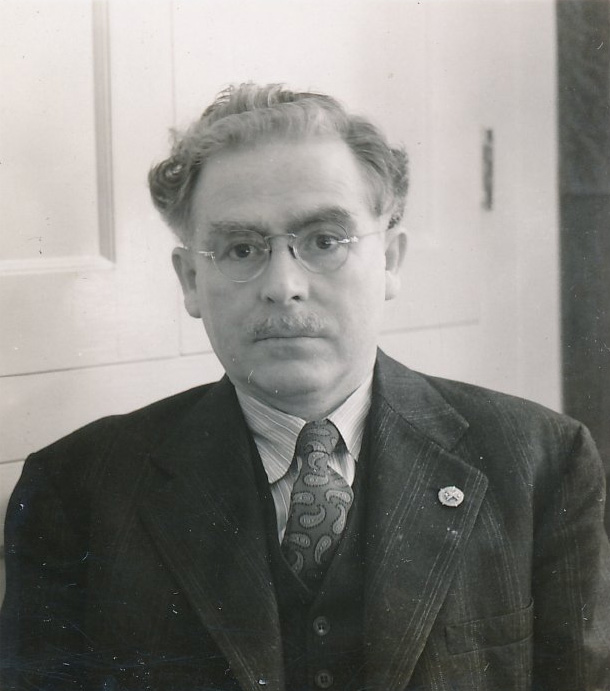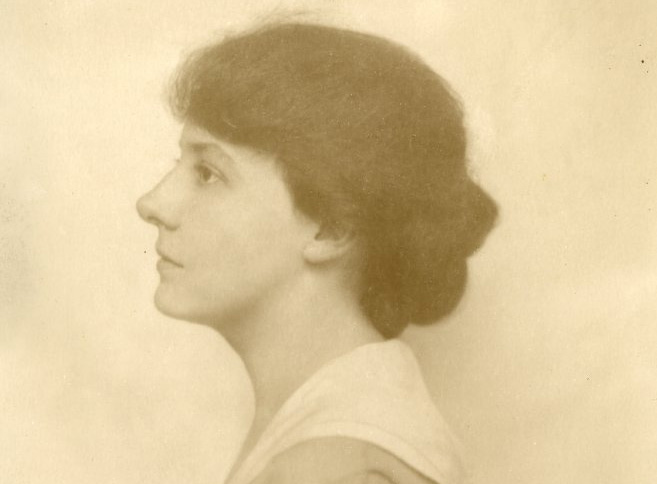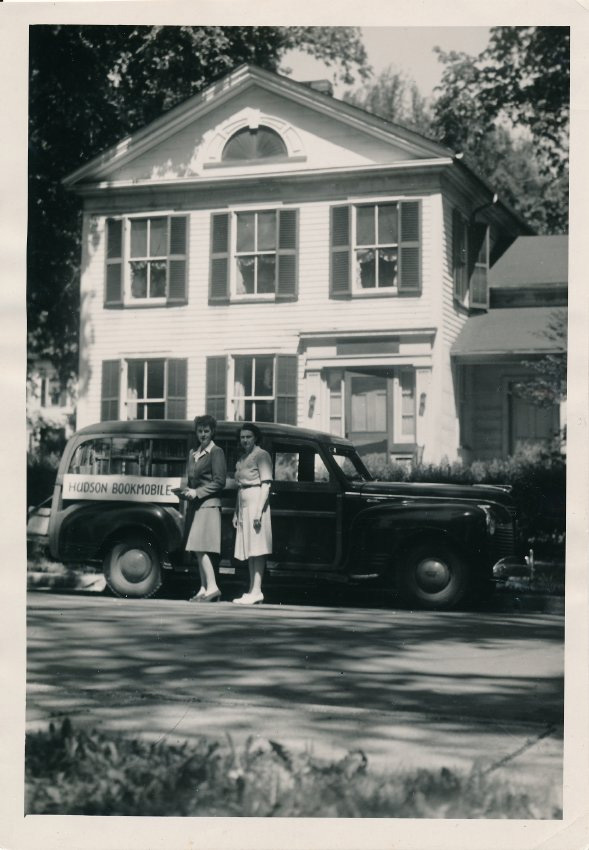A BRIEF CHRONOLOGY, BY JAMES F. CACCAMO
John Brown was born May 9, 1800, in Torrington, Litchfield County, Connecticut, the son of Owen and Ruth Mills Brown. The Brown family moved to the Western Reserve in 1805, settling in Hudson, Ohio. John’s mother, Ruth Mills Brown died in Hudson in December of 1808 and the following year, his father married again, to Sally Root. In 1817, young John was sent to the Morris Academy in Litchfield, Connecticut. Illness forced him to return to Hudson before the academic year was done. John married his first wife, Dianthe Lusk, in Hudson in 1820.
In 1826, he moved to New Richmond, Crawford County, Pennsylvania, but his tannery there did not succeed. His first wife, Dianthe, died in New Richmond in 1832. The widowed John married Mary Ann Day in 1833. In 1835, John and Mary moved to Franklin Mills (now Kent), Portage County, Ohio where John entered into a partnership with Zenas B. Kent, with the idea of building a tannery along the banks of the Cuyahoga River. He stayed in the community off and on until 1839. In 1837, while visiting family in Hudson, John Brown denounced slavery after learning of the death of Elijah Lovejoy. Eventually, John and his family moved back to Hudson by 1840, where he was subsequently forced into bankruptcy. His home was sold at a sheriff’s sale and Brown was jailed in Akron for resisting. In 1841, in cooperation with Heman Oviatt, Brown became involved in the effort in Richfield, Summit County, Ohio to raise sheep. John and Mary Brown moved to Richfield in 1842. Four of his children died in an epidemic there in September of 1843. In 1844, the Brown family moved to Akron, Summit County, Ohio and John became a partner in the Perkins and Brown wool business with Simon Perkins Jr.
In 1846, Perkins sent Brown to engage in the wool trade in Springfield, Massachusetts. During this time John Brown bought a farm in North Elba, Essex County, New York and lived there off and on during 1841-1855. In the summer of 1849, Brown went to Europe to try and sell wool; he visited England, France, Belgium, Germany, and Russia but failed to make significant gains. Perkins ordered Brown to return to the United States in the fall. Perkins and Brown ended their association in 1854, and Brown broke his ties with Akron and became a permanent resident of North Elba. Enticed by his family, he moved out to Kansas Territory in 1855, settling near Osawatomie. He left Mary behind at North Elba.
In May of 1856, Brown rushed to the defense of Lawrence, Kansas which had been threatened by pro-slavery forces. After fighting in Lawrence, Brown and his allies attacked a band of pro-slavery men along the Pottawatomie Creek near Osawatomie and slayed them. Afterward, Lawrence, Kansas was again attacked and sacked by pro-slavery forces. Brown left Kansas in the fall, staying in Nebraska and Iowa, then back to Ohio. In January of 1857, Brown moved to Boston and built strong associations with prominent New England and New York abolitionists. He traveled throughout New England trying to raise money for the Kansas effort. He returned to Ohio in the spring of 1857, then went west again, establishing a headquarters in Tabor, Iowa. Brown returned to Ohio in 1858 and then back to New York and Boston seeking funds and support. In May of 1858, Brown went to Chatham, Ontario, Canada. It was there that he put the final touches on his “constitution” for a provisional government in a slave-free nation which would evolve into the Harpers Ferry raid.
Starting in the summer of 1858 and continuing through the summer of 1859, he traveled the country seeking support in places such as Kansas, Ohio, New York, and Connecticut. In late summer of 1859, Brown set up headquarters in Chambersburg, Maryland. He would then move to the Kennedy farm, closer to Harpers Ferry.
The raid on Harpers Ferry took place on October 16, 1859. Brown was captured, put on trial, and condemned to death for his actions. On December 2, 1859, John Brown was hanged at Charles Town, the county seat of Jefferson County, Virginia (now West Virginia). His body was sent to New York State where it lay in state in the Essex County Court House in Elizabethtown. John Brown was buried on the grounds of his farmhouse in North Elba.



